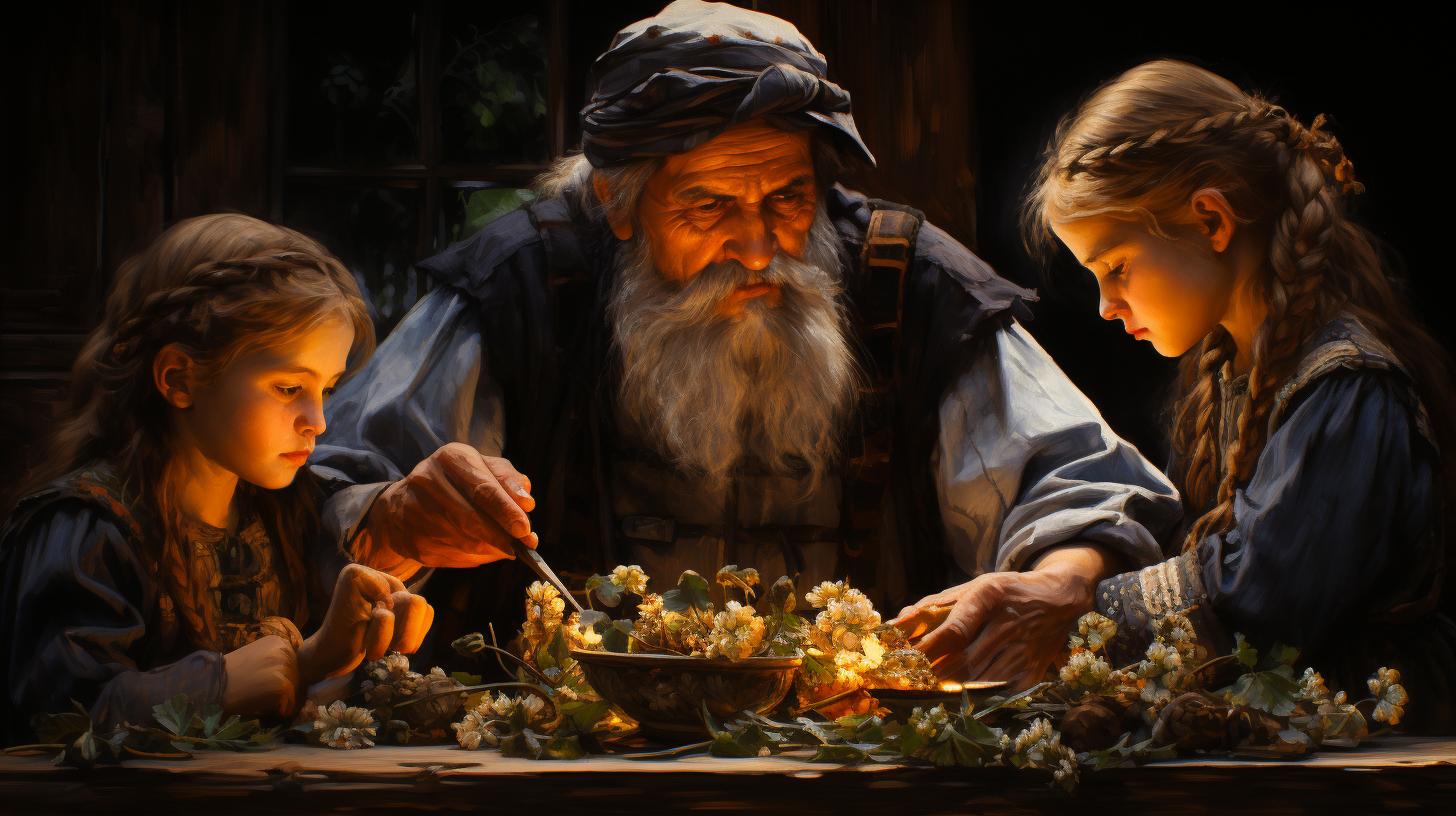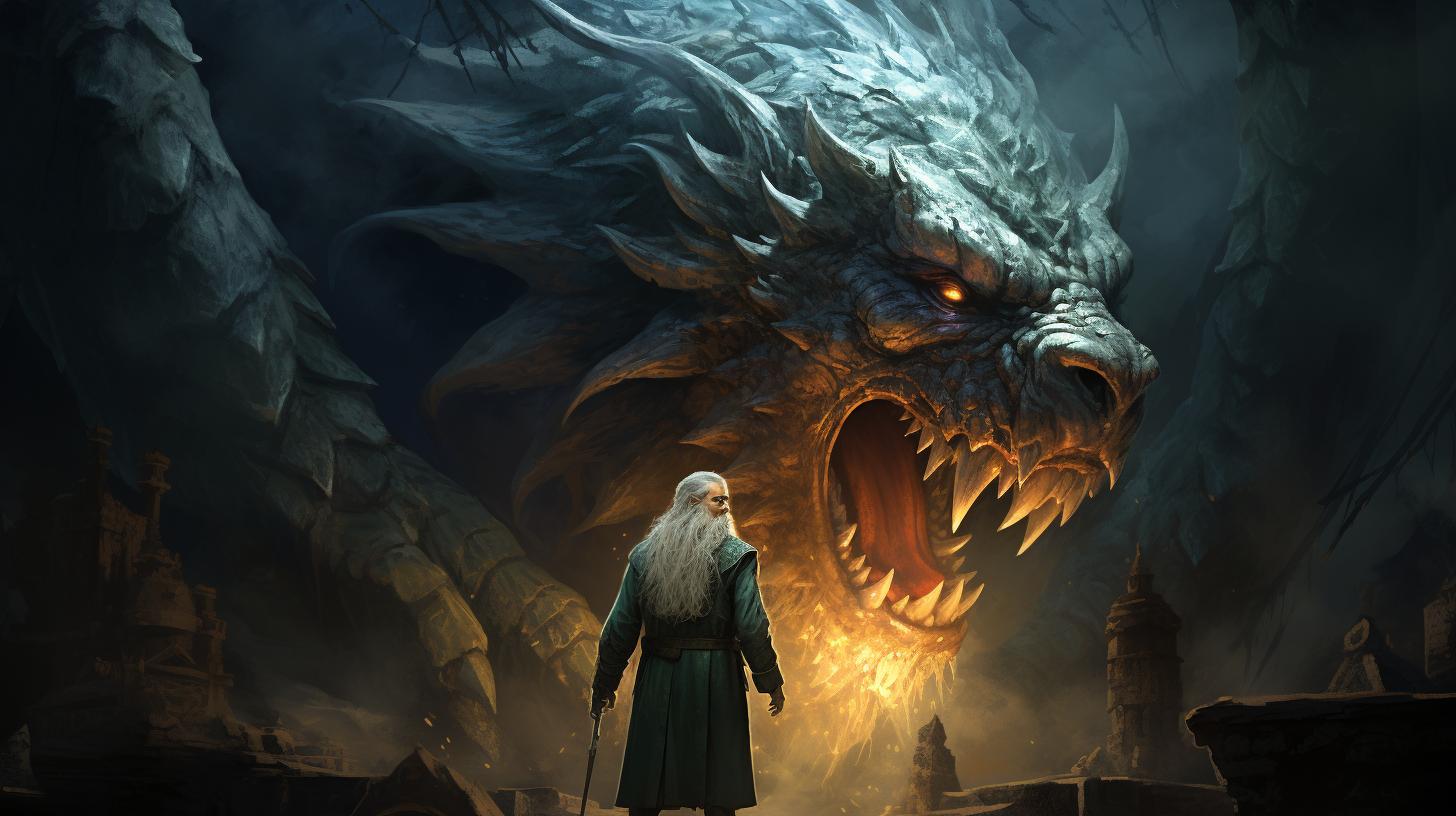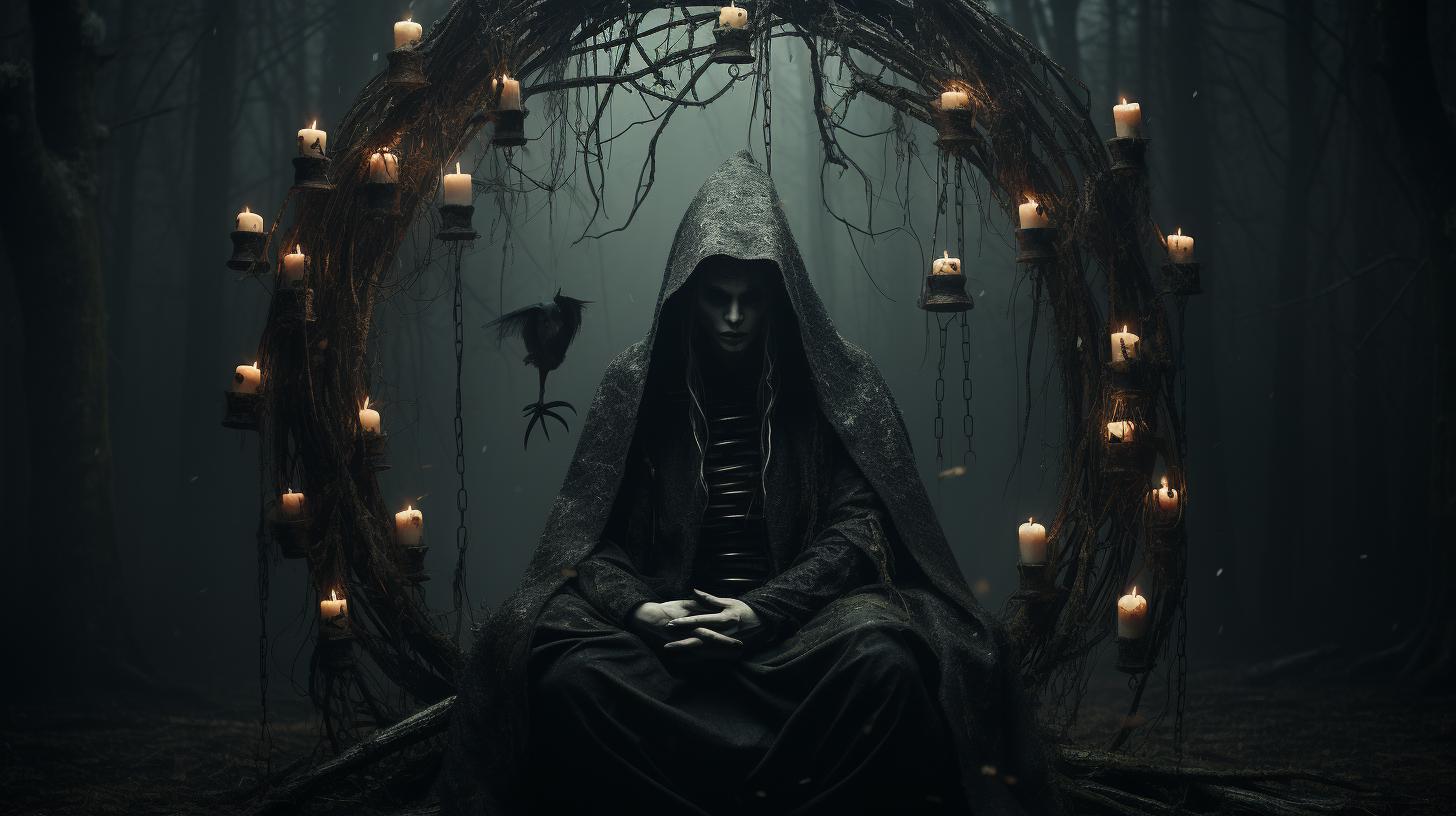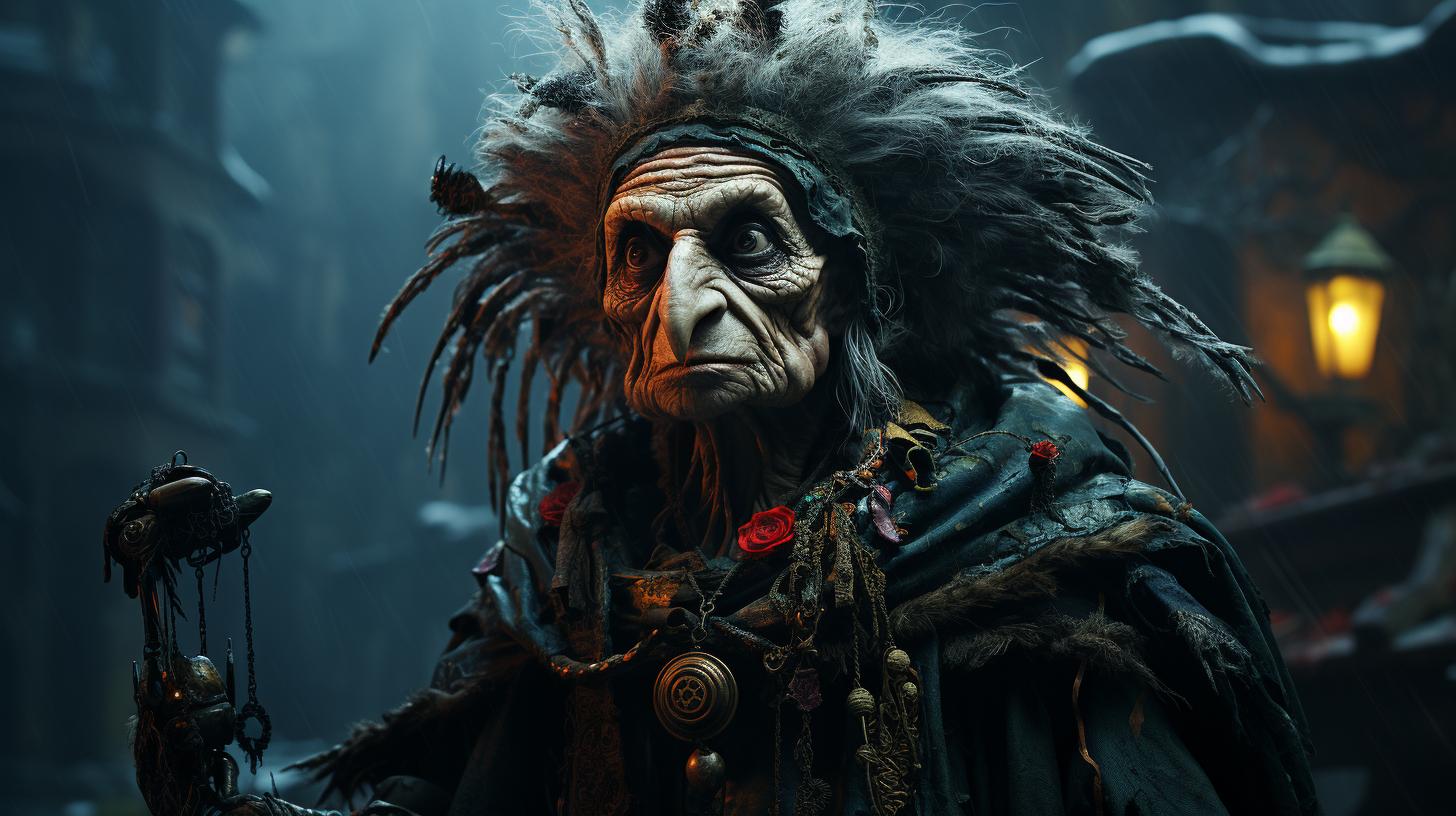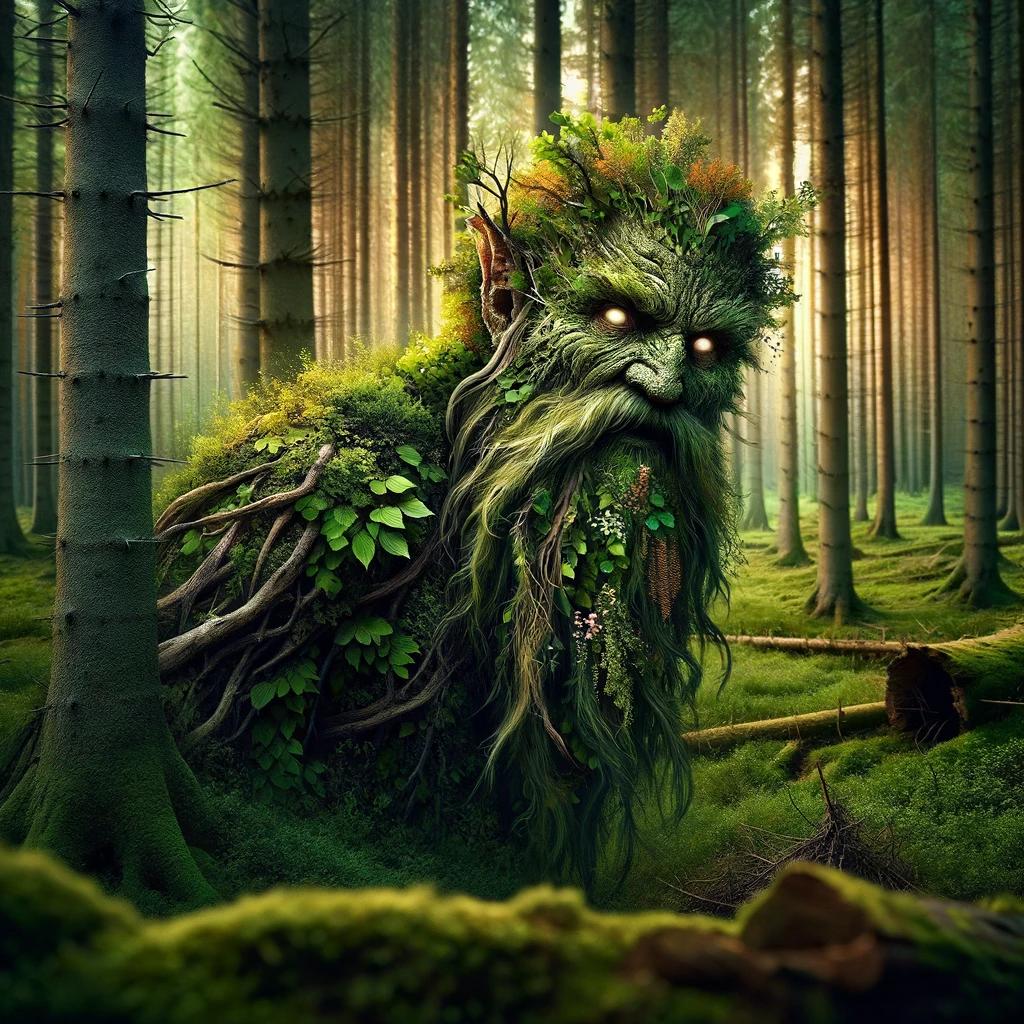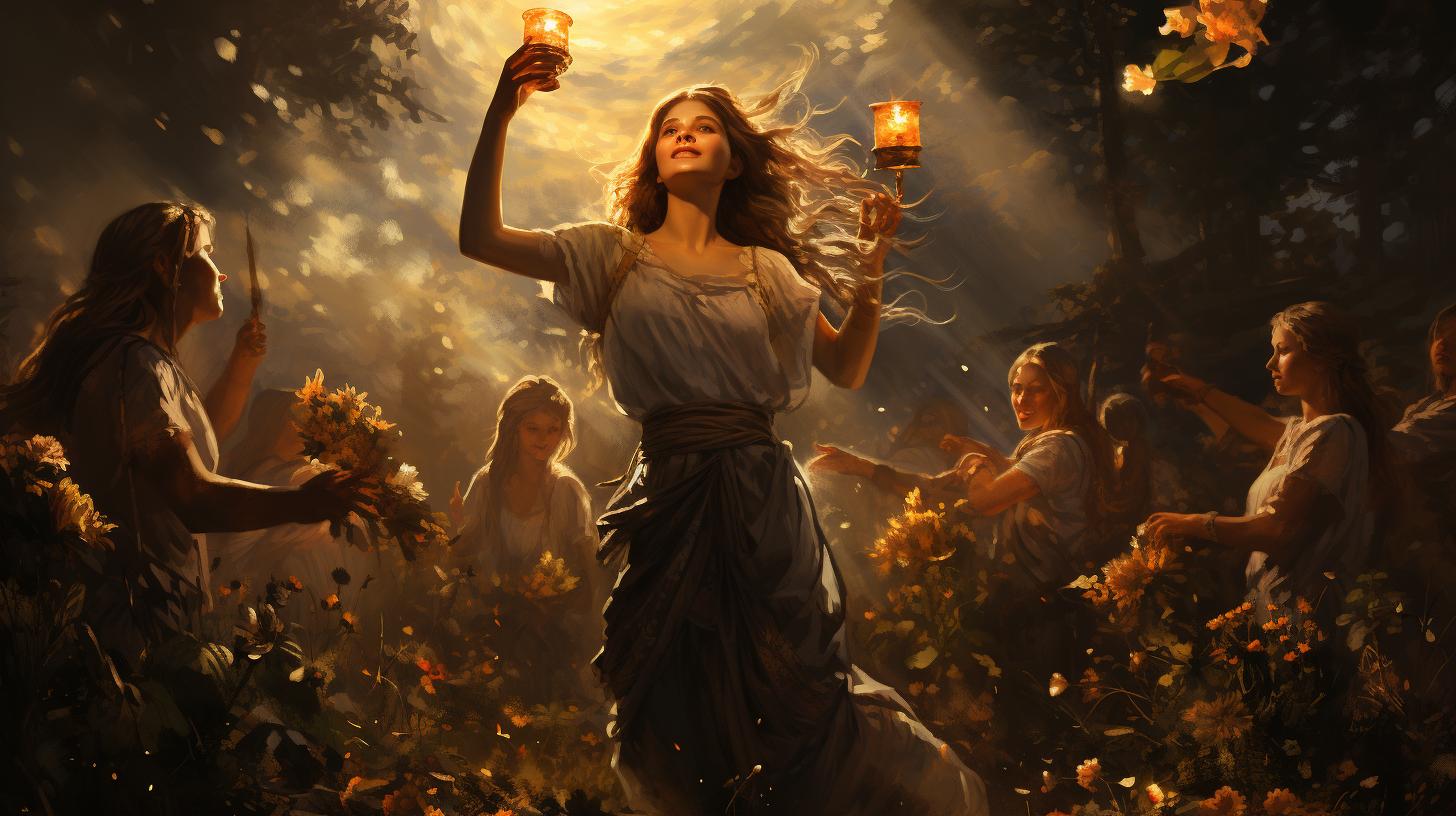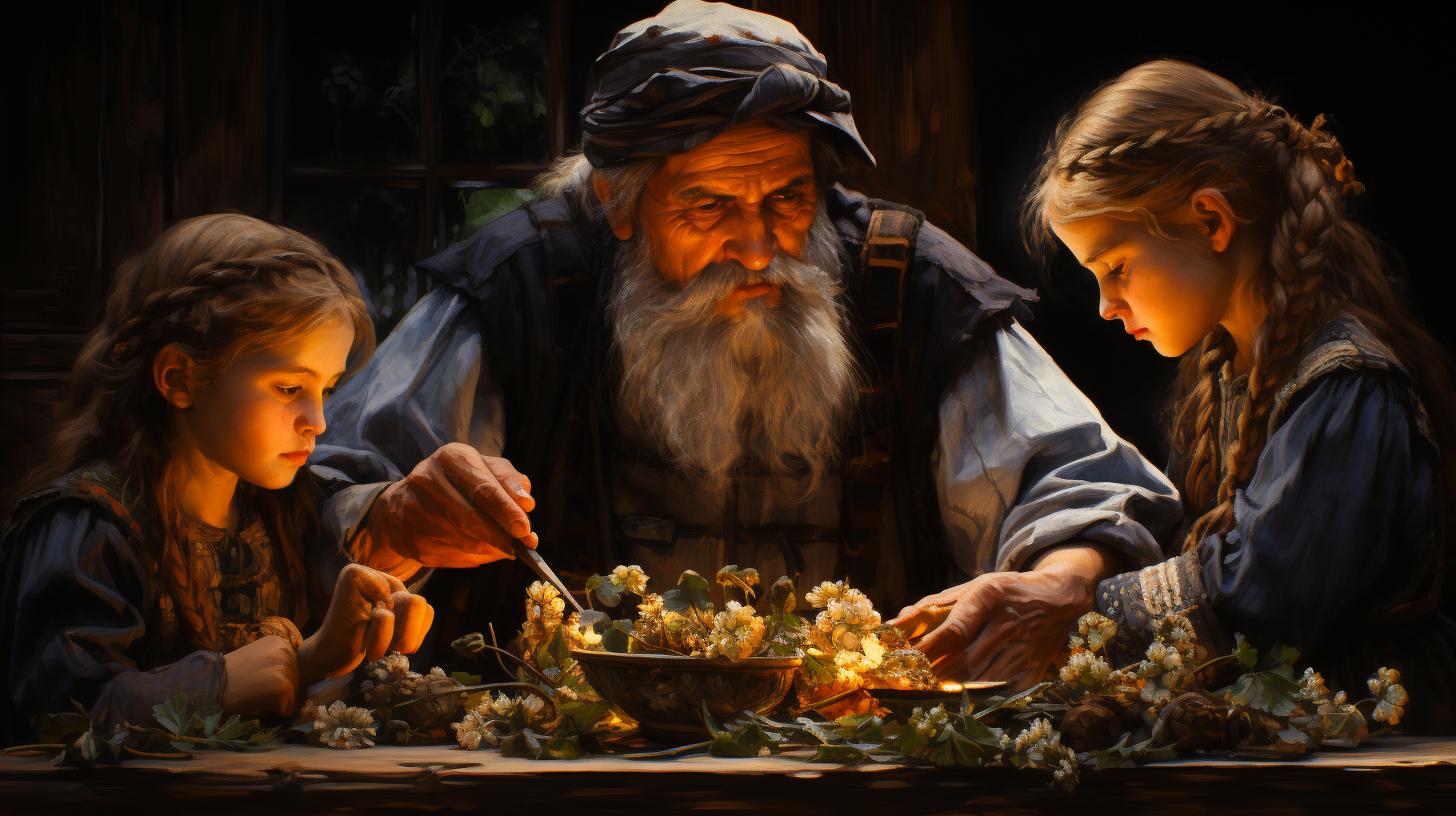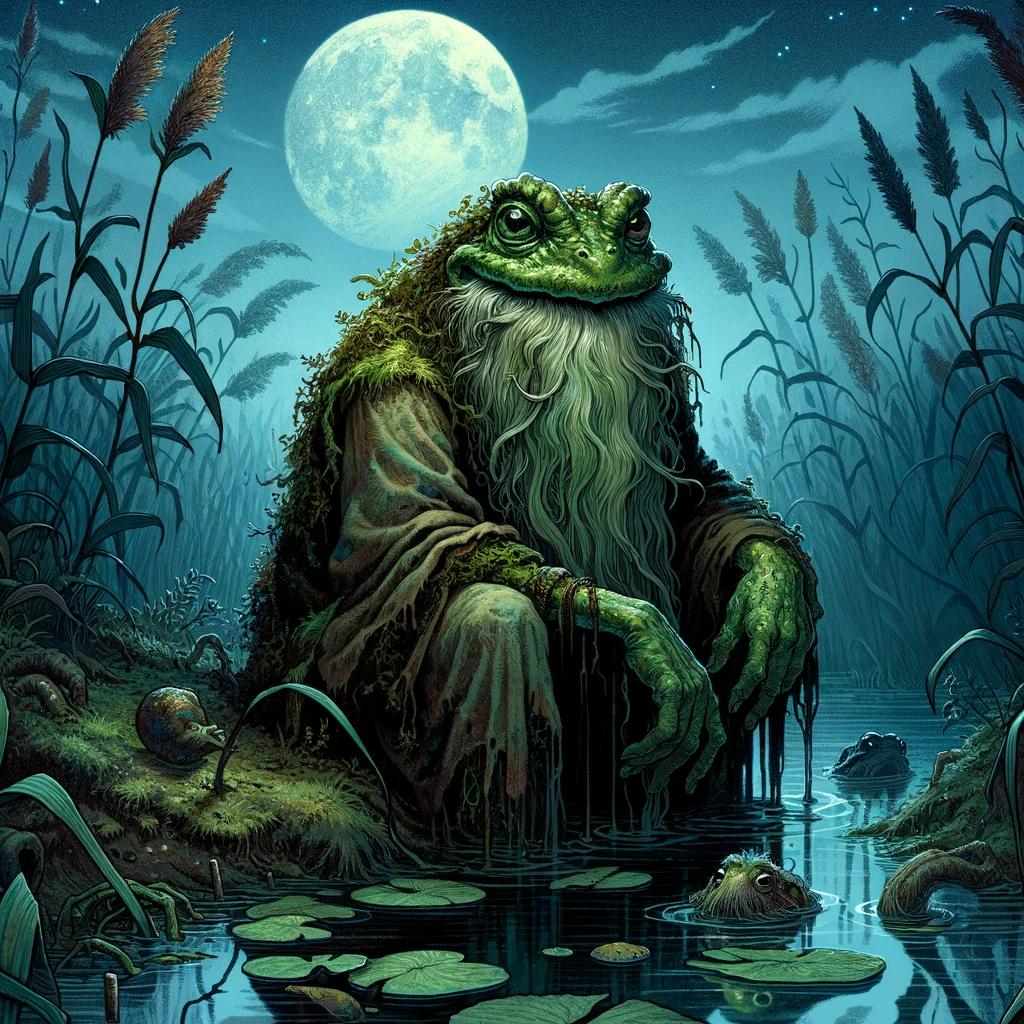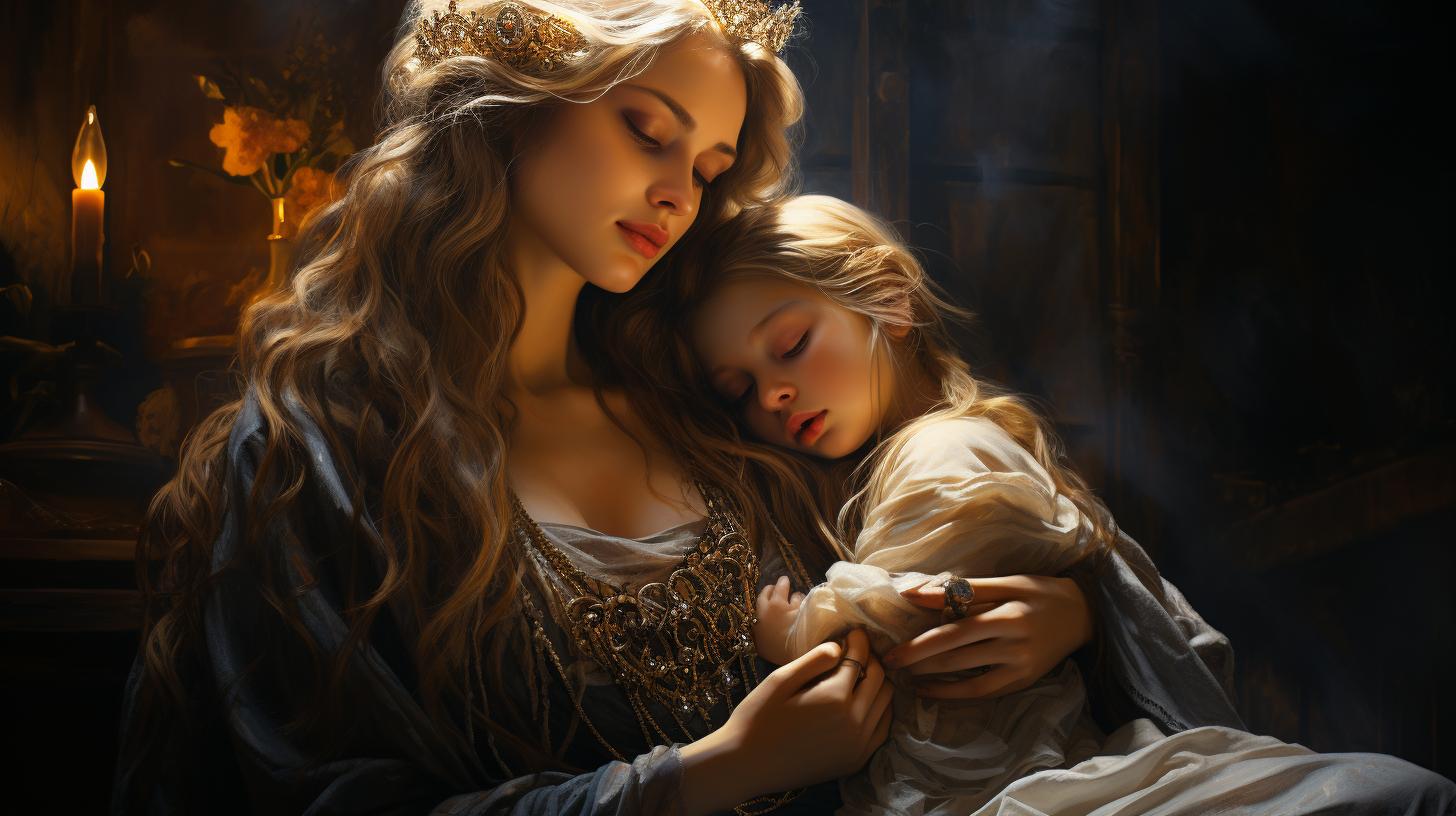Domovoi Mythology: Exploring the Supernatural Beings of Russian Folklore
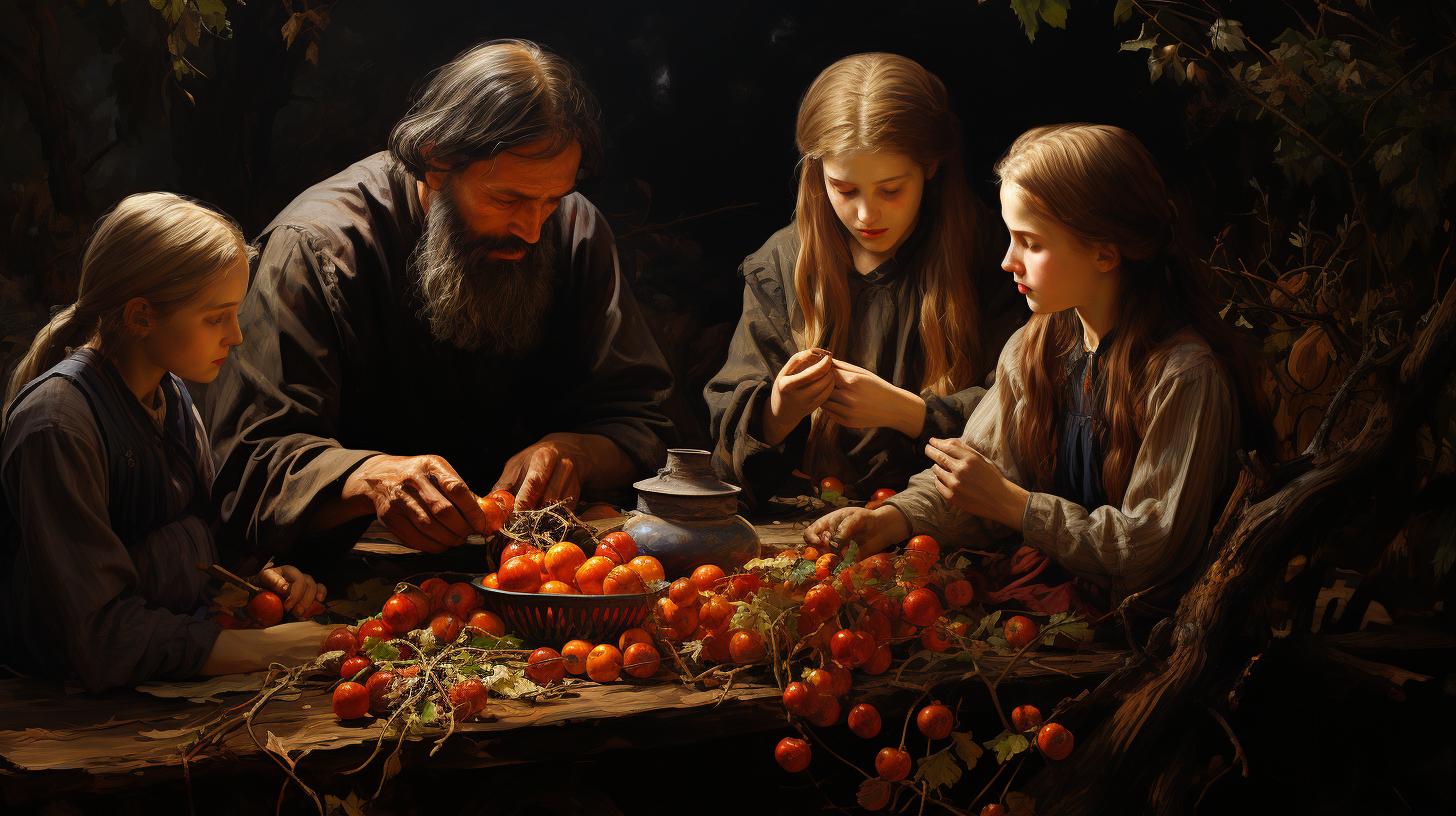
Domovoi mythology is a fascinating aspect of Slavic folklore, centered around the mystical household spirit known as the Domovoi. This ancient belief system has its roots in Indo-European mythology and holds significant cultural and historical significance in Russian folklore.
From its roles and duties within the home to its connections with deities and spirits, the Domovoi has fascinated generations with its protective and mischievous nature. In this article, we delve into the origins, beliefs, legends, and modern interpretations surrounding Domovoi mythology across various Slavic cultures.
Origins of Domovoi Mythology
The origins of Domovoi mythology can be traced back to the rich tapestry of Slavic folklore. This section explores the deep roots and fascinating stories behind the existence of Domovoi, the beloved household spirit in Slavic traditions.
Indo-European Roots in Slavic Mythology
Within the diverse world of Slavic mythology, Domovoi mythology stands out with its Indo-European origins. This ancient connection adds a layer of depth to the understanding of Domovoi, as it reveals the links between Slavic beliefs and other cultural belief systems in the region.
Domovoi: The Household Spirit in Slavic Folklore
At the heart of Domovoi mythology lies the figure of the Domovoi, a household spirit believed to protect and bring blessings to households. The exploration of this integral character illuminates the role it plays in Slavic folklore and the significance it holds in the culture’s everyday life.
Similarities with Leshy Mythology
While exploring Domovoi mythology, it becomes evident that there are intriguing similarities between the Domovoi and another mythical creature, the Leshy. This section investigates the connections between these two mystical beings and uncovers the shared stories and beliefs that intertwine their narratives.
Understanding the Domovoy
Understanding the Domovoy, the enigmatic household spirit in Slavic folklore, is a fascinating journey into the world of Russian mythology. This section explores the meaning and pronunciation of Domovoy, its roles and duties within households, and the beliefs and customs associated with this supernatural being.
Meaning and Pronunciation of Domovoy
The name “Domovoy” originates from the Slavic word “dom,” meaning “house.” It refers to the spirit that resides in and protects the home. In Russian, the pronunciation of Domovoy is duh-muh-VOY, with the emphasis on the second syllable.
Roles and Duties of the Domovoi in the House
The Domovoi serves as a guardian and caretaker of the house and its inhabitants. It takes on various roles, such as ensuring the well-being of the family, protecting the home from evil, and maintaining order and harmony within the household.
The Domovoi also plays a role in household tasks, such as helping with chores and tending to the hearth.
Beliefs and Customs Associated with the Domovoi
Throughout history, numerous beliefs and customs have been associated with the Domovoi. Some households would leave offerings, such as food or milk, to appease and gain favor from the spirit. Others would perform rituals or ceremonies to invoke the protection and blessings of the Domovoi.
These customs vary across different regions and cultures, reflecting the diverse interpretations and practices surrounding the Domovoi mythology.
Domovoi in Russian Folklore
Exploring the rich tapestry of Russian folklore, the presence of the Domovoi stands out as a significant figure. This section delves into the historical and cultural significance of the Domovoi, examining its deep-rooted connections within Russian folklore and society.
Historical and Cultural Significance of Domovoi
The Domovoi holds a revered place in Russian culture, with its origins traceable to ancient Slavic beliefs. Throughout history, the Domovoi has been regarded as a household guardian spirit and a symbol of ancestral protection.
It has been linked to concepts of family, home, and continuity.
Within Russian folklore, the Domovoi embodies the essence of Slavic traditions, playing a vital role in the daily lives of people.
Its presence highlights the importance of maintaining a harmonious relationship with the spirit world and acknowledging the spirits that dwell within the home.
Depiction of Domovoi in Art and Literature
The Domovoi’s presence extends beyond folklore and permeates various forms of artistic expression. From traditional paintings to modern illustrations, the Domovoi has been depicted in diverse ways throughout Russian art history.
Literature, too, has played a significant role in shaping the perception of the Domovoi. Numerous folk tales, poems, and novels have showcased the character and characteristics of this mythical being. These artistic interpretations provide insights into the symbolic and cultural significance attributed to the Domovoi throughout Russian history.
Evolution of Domovoi in Modern Beliefs
As society continues to evolve, the perception and beliefs surrounding the Domovoi have also undergone some changes. While the Domovoi remains firmly rooted in tradition, its role and interpretation have adapted to contemporary cultural contexts.
Modern interpretations of the Domovoi often emphasize its protective nature and its ability to bring good fortune to the home. Some individuals still adhere to traditional customs associated with the Domovoi, seeking its guidance and appeasing it with offerings.
- Domovoi’s relevance in Russian folklore
- Diverse artistic representations of the Domovoi
- Evolution of beliefs and customs surrounding the Domovoi in modern times
Domovoi’s Connection with Deities and Spirits
The Domovoi, a household spirit in Slavic folklore, has a fascinating relationship with various deities and spirits, contributing to its mystical aura. Explore the intriguing interconnections between the Domovoi and the spiritual realm in Slavic mythology.
Slavic Gods and Goddesses Associated with Domovoi
Within Slavic mythology, the Domovoi is often linked to several gods and goddesses who are thought to oversee different aspects of household well-being. For instance, Perun, the god of thunder and lightning, is sometimes associated with the Domovoi due to his protective nature.
Similarly, Veles, the god of the underworld and earth, is believed to have connections with the Domovoi, as both entities are caretakers of the home and its inhabitants.
Domovoi’s Relationship with Other Household Spirits
The Domovoi coexists alongside other household spirits, contributing to a harmonious and diverse spiritual presence.
It’s often found in the company of spirits such as the Bannik, the guardian of the bathhouse, and the Vodyanoy, the water spirit. These spirits collectively provide protection, prosperity, and balance within the domestic space.
Influence of Slavic Paganism on Domovoi Mythology
The Domovoi’s connection with deities and other spirits can be attributed to the influence of Slavic paganism. Before the spread of Christianity, Slavic culture was deeply rooted in pagan beliefs. As a result, the Domovoi became intertwined with various supernatural beings, reflecting the syncretism between ancient indigenous beliefs and later religious influences.
Domovoi and Animals
Animals play a prominent role in Domovoi mythology, serving as guardians and companions of these supernatural beings. In Slavic folklore, certain animals are believed to have a special connection with the Domovoi, aiding them in their protective duties within the household.
Animals as Guardians and Companions of Domovoi
The Domovoi is often depicted alongside animals, such as cats, dogs, and birds, which are believed to share a spiritual bond with these legendary creatures. Cats, known for their independence and keen senses, are thought to have a heightened ability to perceive the presence of spirits and supernatural entities, making them valuable allies for the Domovoi in detecting potential dangers.
Dogs, with their loyalty and protective nature, are also frequent companions of the Domovoi, working together to safeguard the home and its inhabitants. Birds, particularly owls, symbolize wisdom and are believed to act as messengers between the Domovoi and other spiritual beings.
Domovoi’s Role in Protecting Livestock
In addition to their guardianship over homes, Domovoi are often associated with the protection of livestock in rural areas. Farmers and herders believe that a harmonious relationship with the Domovoi is crucial for ensuring the well-being and prosperity of their animals.
According to folklore, the Domovoi can communicate with farm animals, understanding their needs and providing them with an extra layer of protection. It is believed that a content Domovoi can ward off illnesses, predators, and other threats that could jeopardize the welfare of the livestock.
Folklore Tales about Domovoi and Animals
Across Slavic cultures, there are numerous folklore tales depicting the interactions between Domovoi and animals. These stories often highlight the close bond between the Domovoi and certain animal companions.
One popular tale tells of a cat and a Domovoi joining forces to outwit a mischievous household spirit that was causing havoc in a home.
Another tale features a faithful dog who warns the Domovoi of approaching danger, thereby protecting the entire household from harm.
These folklore tales reinforce the idea that animals and the Domovoi have mutual respect and rely on each other to maintain balance and harmony in the domestic realm.
Domovoi Beliefs in Different Slavic Cultures
Domovoi mythology holds a significant place in various Slavic cultures, with each region showcasing unique beliefs and interpretations. Let’s explore the distinctive perspectives of Domovoi in Belarusian and Czech mythology and folklore, as well as the intriguing comparisons and contrasts across different Slavic regions.
Domovoi in Belarusian Mythology and Folklore
In Belarusian mythology and folklore, the Domovoi, known as “Damavik,” is believed to be a benevolent household spirit. Damavik is often portrayed as an elderly man with a long beard, wearing a traditional robe.
He is revered as a guardian of the family, protecting their homes and bringing good fortune. Folklore tales describe Damavik as a wise and helpful spirit, guiding the household members and providing assistance in daily chores.
Domovoi in Czech Mythology and Folklore
In Czech mythology and folklore, the Domovoi takes the form of a mischievous creature known as “Domeček.” Domeček is often depicted as a small, gnome-like figure with a cap and a long beard.
While he can be mischievous and playful, Domeček is also considered a protector of the household. Czech folklore tales often portray Domeček as a guardian spirit who brings good luck, but he may also tease or play pranks on the inhabitants if they neglect their responsibilities.
Comparisons and Contrasts Across Slavic Regions
- In some Slavic regions, the depiction of Domovoi varies, such as the Polish “Domownik” or the Russian “Domovyk.” While they share certain characteristics with the Belarusian and Czech Domovoi, there are notable differences in their appearances and behaviors.
- Despite these variations, a common thread among Slavic cultures is the belief that the Domovoi is closely tied to the well-being and harmony of the household.
Whether regarded as a benevolent protector or a mischievous guardian, the Domovoi signifies the deep-rooted connection between humans and the supernatural world within Slavic mythology.
- These diverse interpretations of Domovoi reflect the cultural richness and regional nuances within Slavic folklore, highlighting the significance of local traditions and beliefs passed down through generations.
- Exploring the different Domovoi beliefs across Slavic cultures provides a captivating glimpse into the distinct mythological landscapes of these regions and deepens our understanding of the interconnectedness between humans and the spiritual realm.
Legends and Folklore Stories about Domovoi
Legends and folklore stories surrounding the Domovoi have been passed down through generations, captivating audiences with their enchanting tales.
These narratives often depict the interactions between the Domovoi and humans, offering insights into the mystical realm of Slavic folklore.
Popular Tales of Domovoi’s Interaction with Humans
In these popular tales, the Domovoi emerges as both mischievous and benevolent. One such story tells of a family who experienced inexplicable unexplained phenomena in their home. Doors would open and close on their own, and objects would mysteriously move.
They soon discovered that these occurrences were the playful doings of their mischievous Domovoi.
Another popular tale recounts the heartwarming bond between a young child and their Domovoi protector. In this story, the Domovoi befriends the child and becomes their loyal guardian, ensuring their safety and well-being.
These narratives highlight the symbiotic relationship between humans and these supernatural household spirits.
Notable Domovoi Figures in Slavic Folklore
Slavic folklore is rich with legendary Domovoi figures who have become iconic representations of this mythological creature. One notable figure is Churila, a famous Domovoi from Ukrainian folklore known for his mischievous pranks and ability to help with household chores when properly appeased.
The tales of these distinguished Domovoi figures have contributed to the enduring fascination with their mythology.
Interpretations and Lessons from Domovoi Myths
The myths and legends surrounding Domovoi provide more than just entertainment; they offer valuable insights and lessons. These stories often emphasize the importance of respecting and maintaining a harmonious relationship with the Domovoi.
They also underscore the belief that by treating these supernatural beings with kindness and reverence, one can create a nurturing and protective home environment.
Furthermore, Domovoi mythology serves as a reminder of the interconnectivity between humans and the natural world.
It encourages a deep appreciation for the unseen forces and spirits that play a role in our daily lives, fostering a sense of wonder and respect for the mysterious aspects of the world around us.
Modern Interpretations and Adaptations
Domovoi in Contemporary Pop Culture
With the resurgence of interest in folklore and mythology, the Domovoi has made its way into contemporary pop culture. It has become a popular symbol and inspiration in various forms of media, including literature, music, and art.
From modern adaptations in fantasy novels to depictions in video games, the Domovoi continues to captivate audiences and spark imagination.
Domovoi’s Role in Literature and Movies
The Domovoi has been featured in numerous literary works and films, adding depth and mystique to their narratives. Many authors and filmmakers have drawn inspiration from Domovoi mythology, incorporating the spirit into their storytelling.
From being a wise mentor figure to a mischievous trickster, the Domovoi’s portrayal in literature and movies showcases its multifaceted nature and enthralling presence.
Contemporary Beliefs and Practices Related to Domovoi
While traditional beliefs in the Domovoi have evolved over time, some contemporary practices still acknowledge and honor this supernatural being.
Rituals and ceremonies are performed to invite or appease the Domovoi, seeking its protection and blessings. Additionally, individuals may choose to display symbols associated with the Domovoi in their homes or wear them as protective charms.
.

